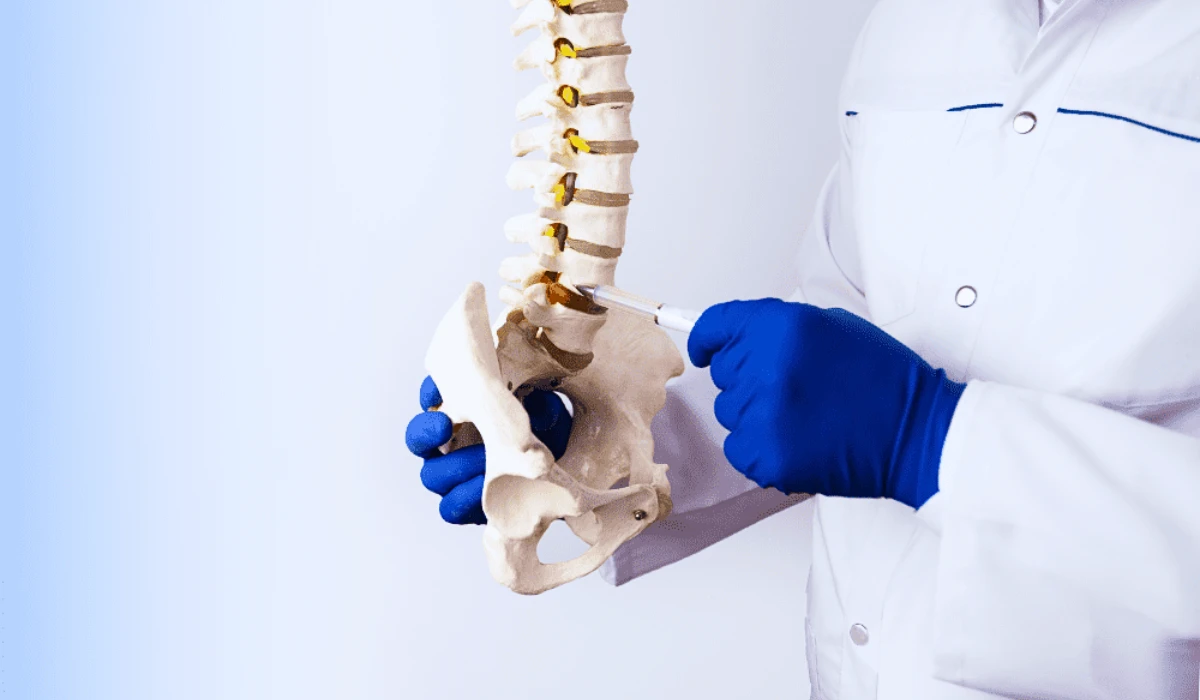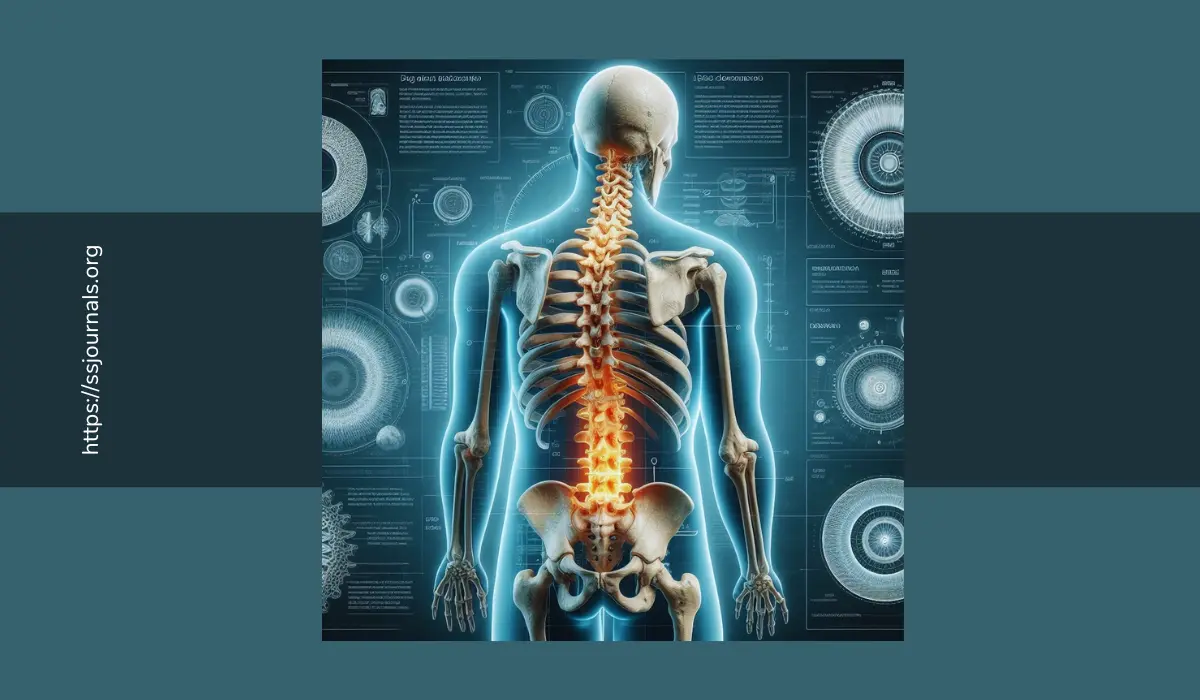Disc desiccation is a common condition that affects the intervertebral discs in the spine. It occurs when the discs lose moisture and become dry, brittle, and less flexible. This can lead to pain, stiffness, and reduced mobility in the affected area.
Disc desiccation is often associated with degenerative disc disease and cervical spondylosis, which are both conditions that involve the breakdown of the discs over time.
In this article, we will explore the causes, symptoms, and treatment options for disc desiccation, as well as ways to prevent it from occurring in the first place.
What Causes Disc Desiccation?
Disc desiccation is a natural part of the aging process. As we get older, the intervertebral discs in our spine begin to lose moisture and become less flexible.

This can be due to a variety of factors, including:
In addition to these factors, certain lifestyle habits can also contribute to disc desiccation. These include:
Symptoms of Disc Desiccation
The symptoms of disc desiccation can vary depending on the location and severity of the condition. Some common symptoms include:
In some cases, disc desiccation may not cause any noticeable symptoms at all. However, if left untreated, it can lead to more serious conditions such as herniated discs or spinal stenosis.
Diagnosing Disc Desiccation
If you are experiencing symptoms of disc desiccation, your doctor may recommend a variety of diagnostic tests to confirm the diagnosis. These may include:
- X-rays: These can show changes in the shape or size of the intervertebral discs.
- MRI or CT scans: These can provide more detailed images of the discs and surrounding tissues.
- Discography: This involves injecting a dye into the disc to help identify any tears or damage.
Your doctor may also perform a physical exam to assess your range of motion, strength, and reflexes.
Treatment Options for Disc Desiccation
There are several treatment options available for desiccation, depending on the severity of the condition and the individual patient’s needs. These may include:
Your doctor will work with you to develop a personalized treatment plan based on your individual needs and goals.
Preventing Disc Desiccation
While disc desiccation is a natural part of the aging process, there are several steps you can take to prevent it from occurring prematurely or becoming more severe:
1. Maintaining good posture
It is crucial for preventing disc desiccation. When sitting or standing, keep your spine aligned and avoid slouching or hunching over. This helps reduce the strain on your intervertebral discs and prevents them from becoming compressed or damaged.
2. Using proper lifting techniques
When lifting heavy objects, always bend at the knees and keep your back straight. Avoid twisting or bending your spine while lifting, as this can put undue stress on your discs. If an object is too heavy to lift safely, ask for assistance or use a lifting device.
3. Exercising regularly
Exercise is essential for maintaining the health of your intervertebral discs. Engage in low-impact exercises such as walking, swimming, or yoga to improve flexibility, strengthen the muscles that support your spine, and promote circulation to your discs. Aim for at least 30 minutes of moderate exercise most days of the week.
4. Eating a healthy diet
A healthy diet that is rich in nutrients and low in inflammation-causing substances can also help prevent desiccation. Focus on consuming plenty of fruits, vegetables, lean proteins, and healthy fats.
Avoid processed foods, excessive amounts of alcohol, etc, as these can contribute to inflammation and accelerate the breakdown of your discs.
5. Quitting smoking
Smoking reduces blood flow to your intervertebral discs, which can cause them to become dry, brittle, and more susceptible to damage. Additionally, the chemicals in cigarette smoke can break down the collagen and other substances that keep your discs healthy. If you currently smoke, talk to your doctor about strategies for quitting.
Conclusion
Disc desiccation is a common condition that can cause pain, stiffness, and reduced mobility in the spine. It is often associated with degenerative disc disease and cervical spondylosis and can be caused by a variety of factors including aging, injury, and lifestyle habits.
Treatment options for disc desiccation may include pain medication, physical therapy, chiropractic care, injection therapy, and surgery. By maintaining good posture, using proper lifting techniques, exercising regularly, eating a healthy diet, and quitting smoking, you can help prevent disc desiccation from occurring prematurely or becoming more severe.
If you are experiencing symptoms of desiccation, talk to your doctor about the best treatment options for your individual needs. With the right care and attention, you can manage your symptoms and maintain a healthy, active lifestyle. So, what steps will you take today to protect your spine and prevent disc desiccation?

